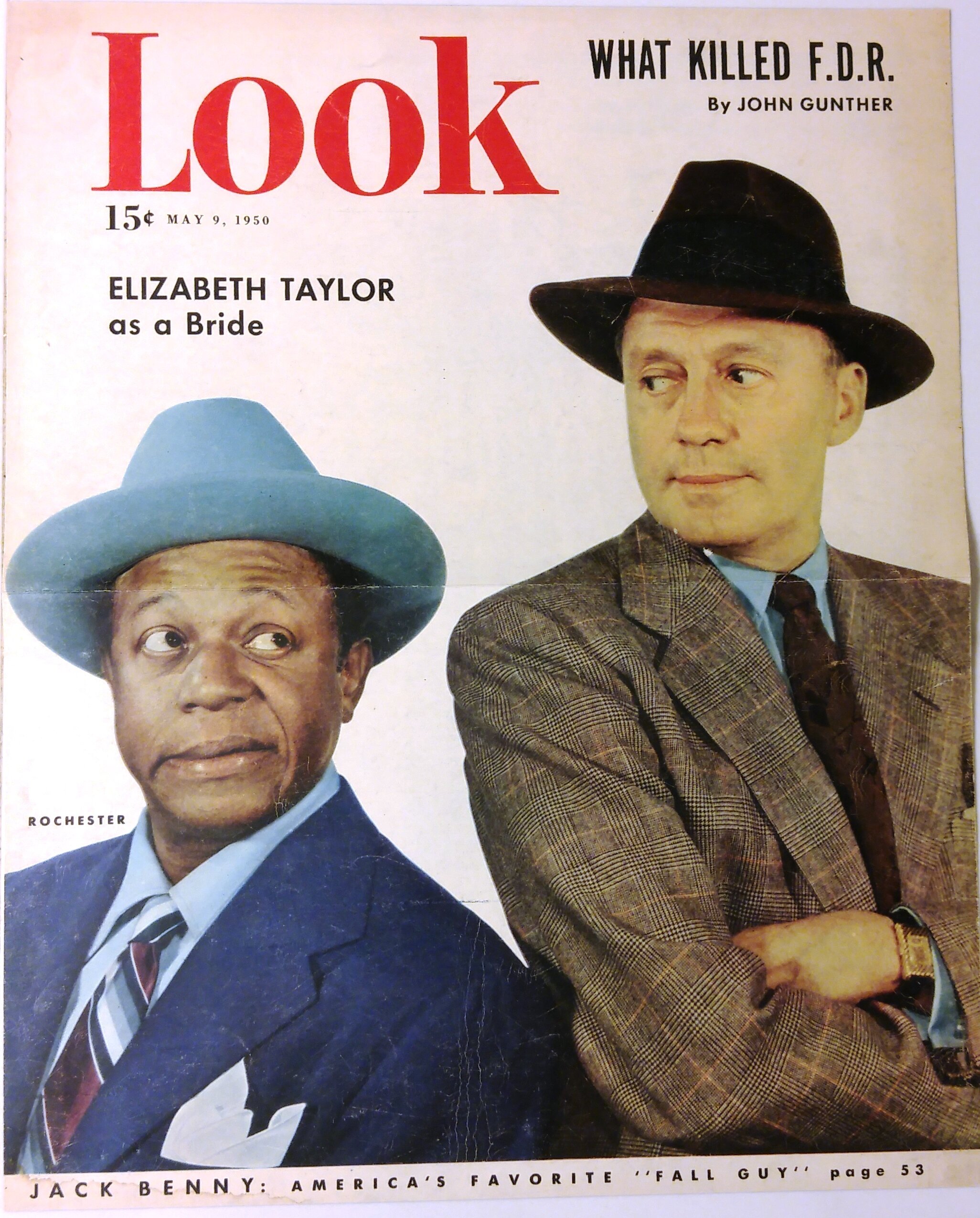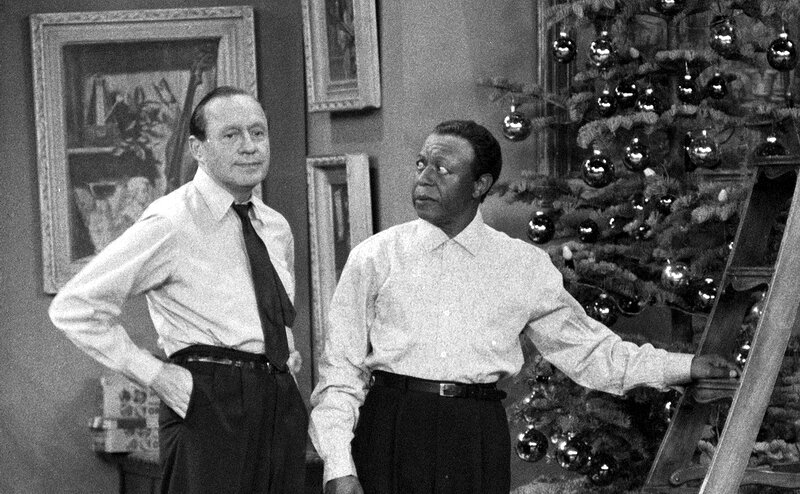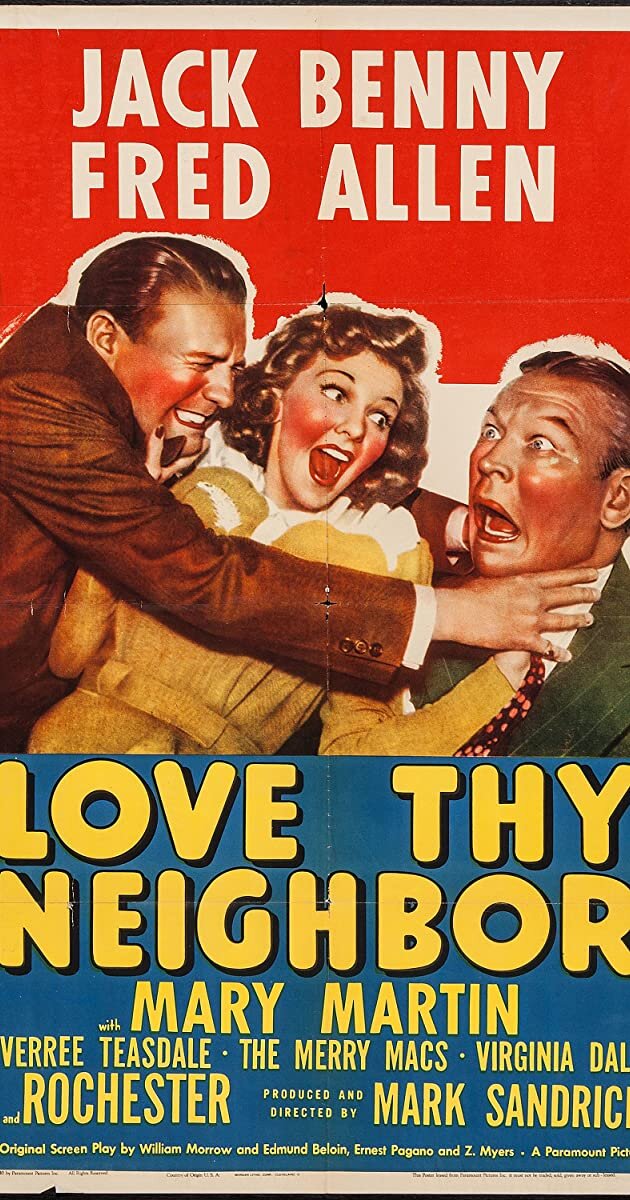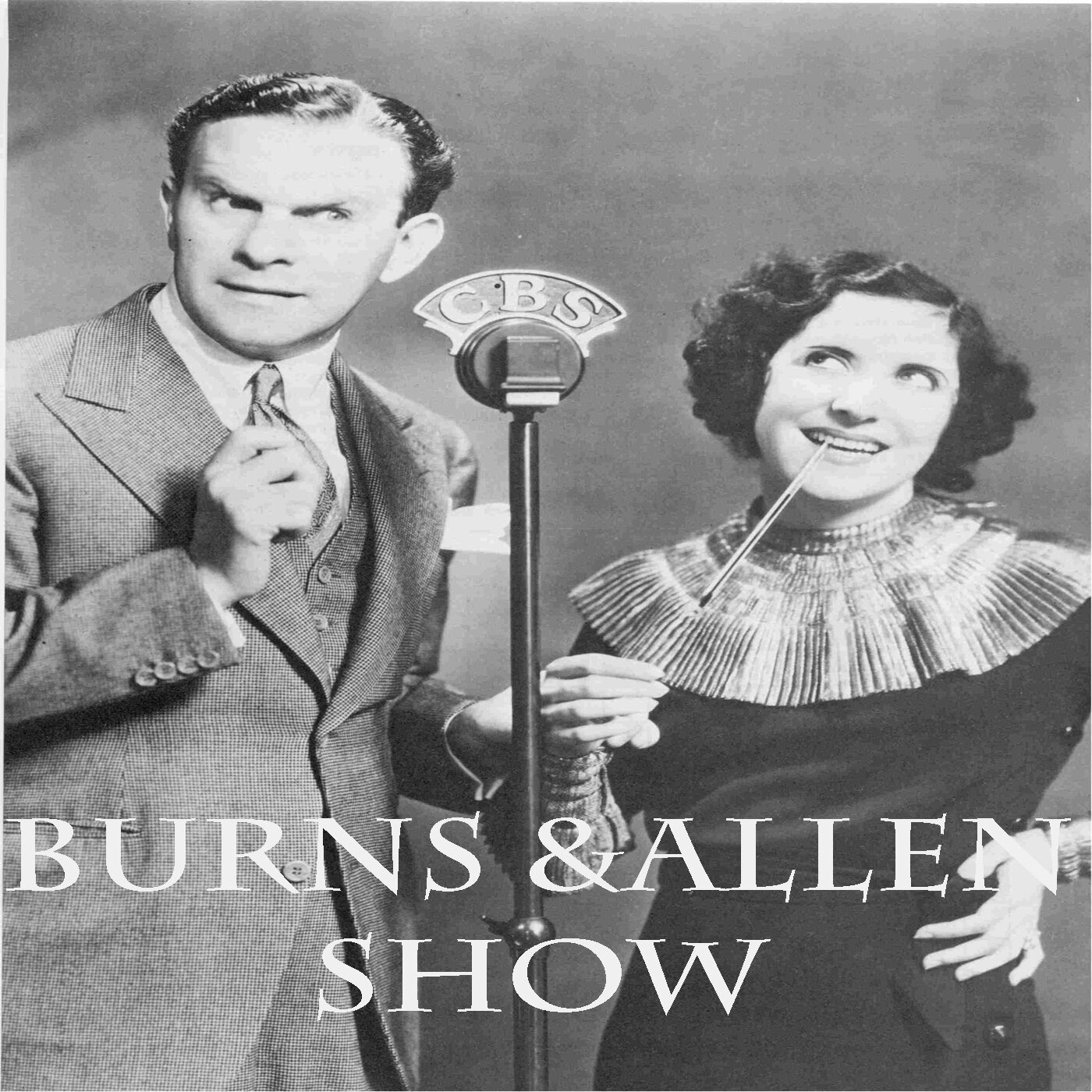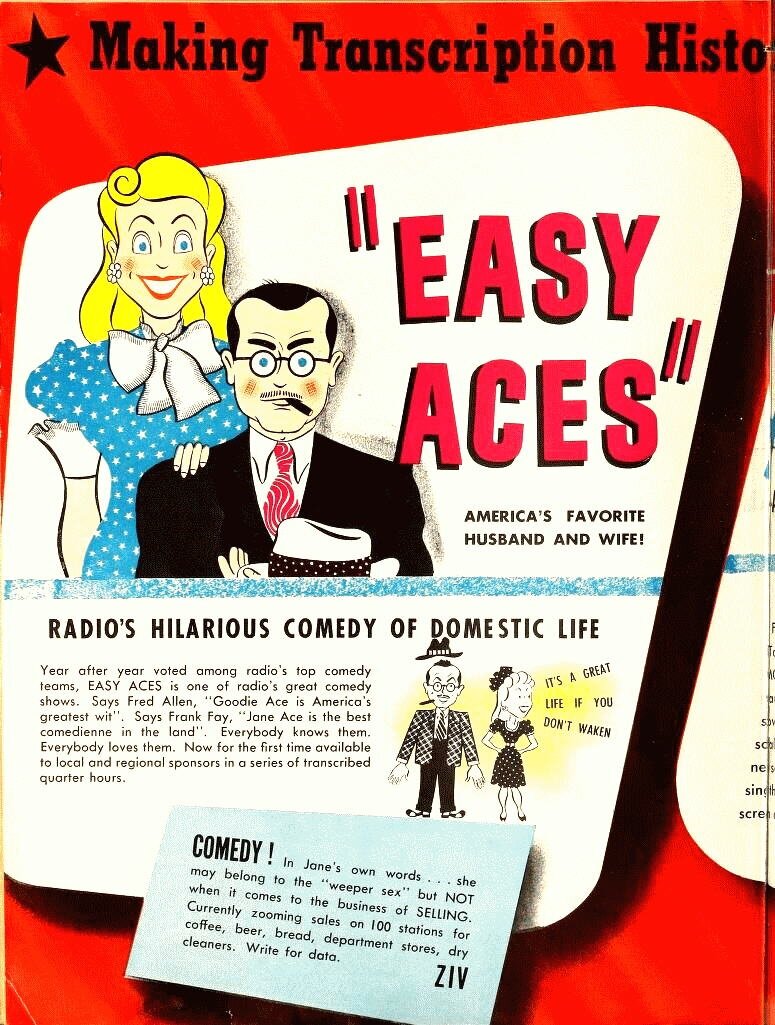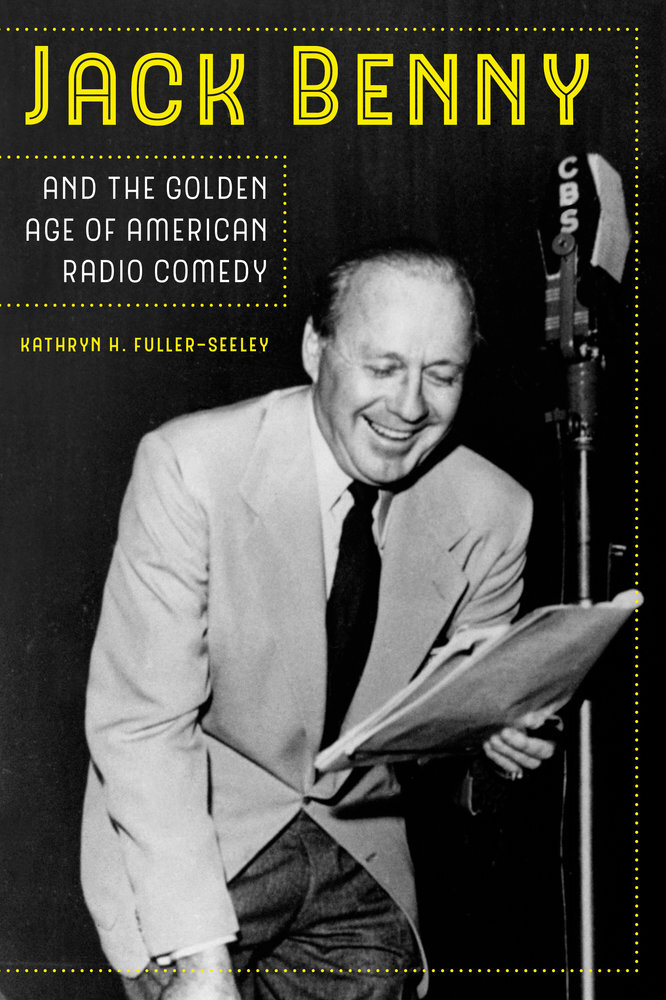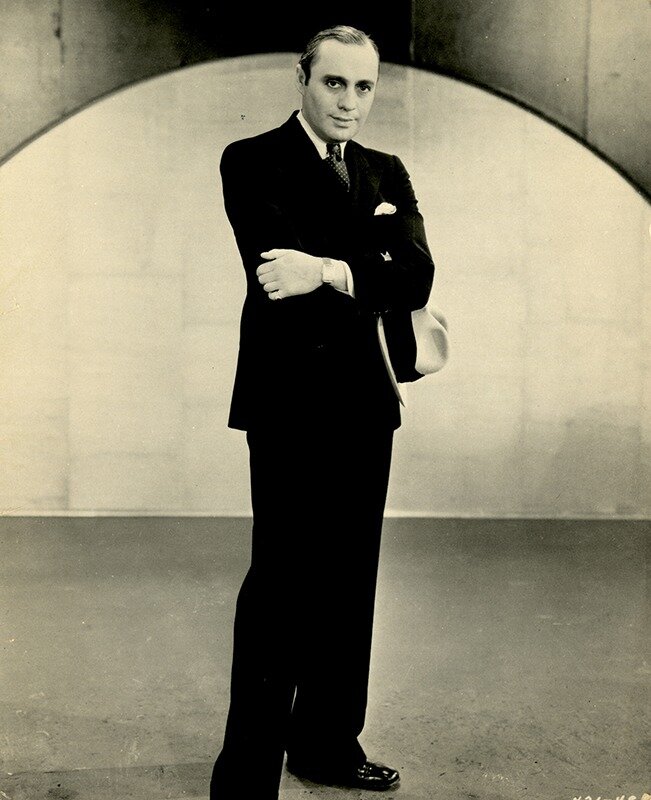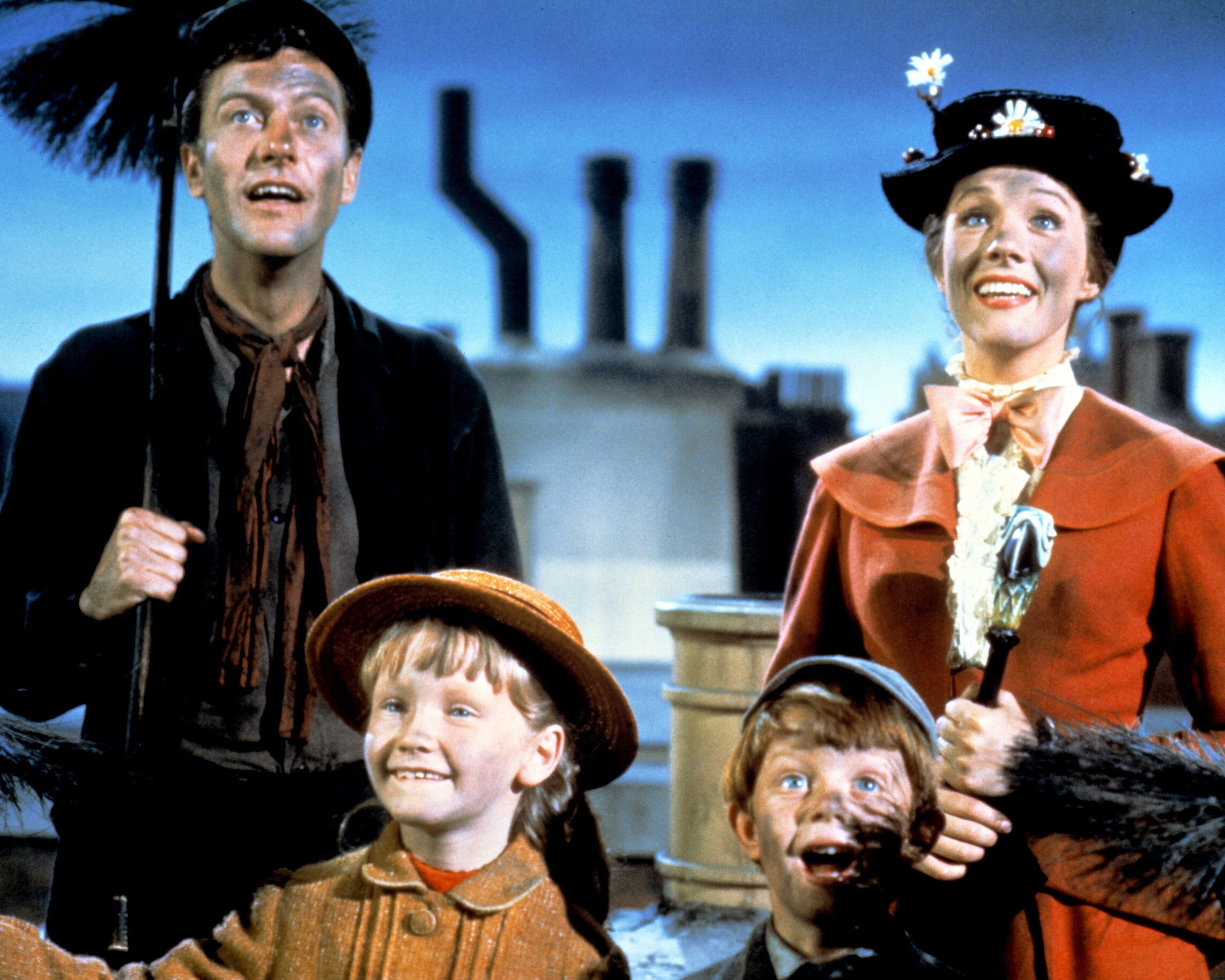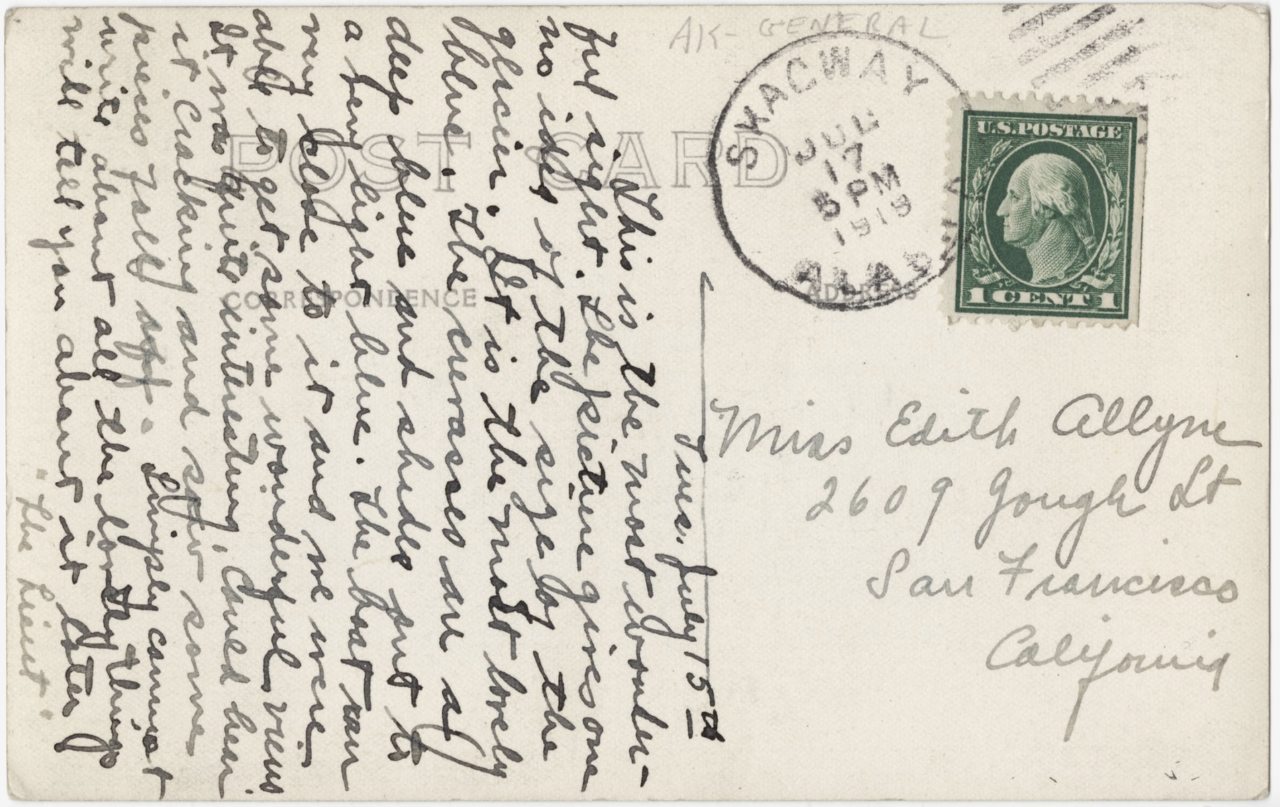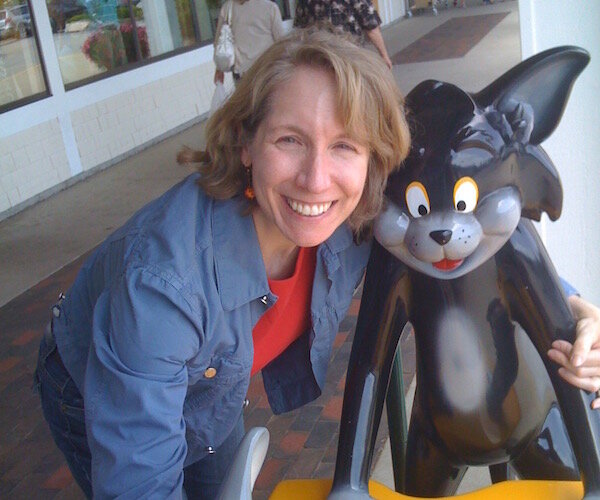Yesterday, I shared the syllabus for my PhD seminar, Science Fiction AS Media Theory. Today, I am sharing the syllabus for a class I am co-teaching with a longtime friend and a colleague from the Specialized Journalism Program, Sasha Anawalt. This is going to be Sasha’s last class, since she is retiring, and so we wanted it to be a blow-out, one which stretched both of us (and our students) to think about arts and culture in new ways, especially in the context of the Pandemic, social distancing, Zoom teaching, etc. So, we tapped our respective networks to host a series of conversations with artists, critics, scholars, activists, who are exploring new relations between high and low, between media and everyday life. Our assignments tap the past — living newspapers, Cornell boxes — and the future — speculative journalism. Students are challenged to process the material in conversation with each other through dialogic writing. And there’s a recurring focus on speculative fiction as a set of tools that will allow us to think differently about our current conditions and future possibilities. The students will be early and mid career arts and culture journalisms who are returning for a masters to retool and deepen their thinking. i should note that my syllabi normally list the readings under the topic of the day where-as here, we are listing the readings first and the topic
JOUR 593: Arts Criticism and Commentary
3 units
Spring 2021 – Wednesdays – 2-4:30 p.m.
Instructors: Sasha Anawalt; Henry Jenki
Course Description
Living Newspapers, Transmedia Operas, and Other Hybrid Media Forms
This course looks to the future, asking how we might imagine the world of arts and culture journalism post-COVID-19 pandemic. New forms of expression have emerged during lockdown. Cinema has dimmed its bright lights so that fainter forms of participatory media, such as Twitch or podcasts, have gained greater visibility. Television has lowered technical standards so that international media producers can compete more fully in their marketplace. And fans are restaging their favorite amusement park rides for each other via YouTube as a response to the shutting down of Disneyland for the better part of a year. Virtual choirs of a hundred people sing across the continents from their separate living rooms to your screen. Museums and galleries open “pop-up” shows for fistfuls of viewers at a time. Opera takes place in parking lots with the audience in their cars. Nothing is the same. The relationship between audience and artist is forever changed. The current moment is characterized by the blurring of boundaries between high and low, between different media forms, between different cultural practices. It is further informed by BLM, #MeToo, and the presidential election.
How might journalists expand their repertoire to incorporate new modes of criticism and reporting which themselves reflect a broader range of media affordances? And how might we understand this cultural churn in relation to earlier moments in the history of arts and entertainment? We will grapple with these questions through conversations with leading creators and thinkers from across the art and entertainment worlds. Guests will range from Disney Imagineers, comic book artists, fan activists, virtual reality producers, and science fiction writers to photographers, assemblage artists, architects, and opera producers, not to mention distinguished arts and culture journalists, who will weigh in and help us explore alternatives such as living newspapers, transmedia opera, and other hybrid forms. Through assignments that include dialogic writing, live performances, and hands-on creative projects, students with work together to produce new journalism possibilities that ideally rise to meet the current cultural moment and move it forward.
Student Learning Outcomes
· Learning about influential thinkers and critics in the humanist tradition through classic and contemporary texts, podcasts, and videos – as well as from in-person lectures;
· Questioning conventional ideas of effective communication and media through DIY collaborative and individual journalism projects;
· Producing one “living newspaper” team project that exercises and tests the relations between politics and culture;
· Discovering how connected everything is, and making this manifest through an immersive Joseph Cornell box;
· Writing on a weekly basis to reinforce the writing habit in a dialogic Blackboard journal;
· Publishing on Ampersand or other media outlets;
· Solidifying ideas about your future and the confluence of high and low art, hybrid media, and the ways your journalism can be realized and possibly affect change.
Course Notes
This class will be a combination of lecture/discussion and production workshopping, leaning toward the former with a roster of guests from many arts-related disciplines.We will be talking a lot across the term about fan engagement and participation, and that will require you to talk about what is meaningful to you and be active in most conversations. Come prepared, having done the readings, and open to mentoring one another. You will each introduce at least one speaker.
This course takes place online through Zoom with multimedia and technology-enhanced elements as a likely accompaniment to many of the lectures. The materials will be made available on Blackboard, as will all the reading assignments in a PDF format or via links to e-books and articles.You are responsible for paying attention to the emails we send, and responding in a timely fashion. Likewise, we will respond to yours certainly within 48 hours. If you do not hear from either of us, by all means give us a tap.
Required Readings and Supplementary Materials
You are required to have the graphic novel adaptation, by Damian Duffy and John Jennings, of Octavia E. Butler’s “Parable of the Sower” (2020), Abrams ComicArts, New York, (ISBN 978-1-4197-3133-4), (265 pages). $25.
We recommend you have:
· bell hooks, Art on My Mind: Visual Politics, (The New Press, New York, 1995)
· Henry Jenkins, Comics and Stuff(New York; New York University Press, 2020)
These can be purchased through the USC Bookstore, Amazon, or Bookshop.org.In addition, the USC Library may be able to lend you a copy of Art on My Mindor Comics and Stuff.
All of our other reading materials will be made available to you in PDF form or as links. These will be posted on Blackboard and incorporated in the weekly assignment sheets “handed out” in class via email. Most are in this syllabus under Course Schedule.
Description and Assessment of Assignments
There are two main projects that you will simultaneously develop and execute over the course of the semester. one of them – which we’re calling “the Joseph Cornell Box” – culminates as a presentation during finals week, in place of a final exam. It is a solo assignment that effectively looks inward. The other, which we will refer to as the Living Newspaper Project, is a group project that looks outward. Both projects are described here in brief, and you can expect fuller details and explanations in class. Both will be graded with a rubric providing a numerical grade that is translated into a letter grade.
In addition, you will engage in a weekly Dialogic Writing journal exercise on Blackboard, where you and a partner will discuss the class and readings and whatever comes to mind throughout the week (not just in one push right before class). These will be graded at the end of the course. For each missing journal entry, deduct half a letter grade (A becomes A-, etc.) for this specific element of your graded coursework.
CORNELL BOX– The Indo-European root of the word “art” is “to arrange” or “to fit together” (join). This assignment is additive. It begins the first day of class, when you bring in a memory object or what the museum curator and author Nina Simon calls a “social object.” It’s an object that has a narrative. Its meaning is known to you, and part of this semester-long assignment’s objective is for you to make it have meaning to others. To set it within the context of other objects that you will gather and by “joining” and “arranging” them inside of a box, you will create a world that provokes the viewer to find connections between these objects and create meaning. Worth 20 percent of your final grade.
LIVING NEWSPAPER – This assignment is for a collaborative project, probably in trios or pairs. The objective is to develop a Living Newspaper, which means figuring out a topic or theme that is relevant and of mutual interest. (This could involve improvisation.) It looks to the future. And it must be based on well-reported facts, data, and history. Early on, you will pitch two ideas in 250 words or less. Expect to present one in class. Your theme or topic must relate to the arts or culture, high or low, hybrid or popular, and be about the implications of such social issues as #BLM, anti-racism, #MeToo, diversity and equity in the newsroom, the COVID-19 pandemic, immigration, education, natural resources, the environment, and/or climate change. Your aim is to bring about changes in social behavior and attitudes that could possibly affect the media as a real business and discipline. You will determine the form your Living Newspaper takes. It can be a play, video, dance, stand-up comedy act, comic strip, a 3-D sculpture, or a piece of visual art – it could be on the intersections of food and architecture and an opera chorus. In other words, you are to experiment with form and content, encouraging people to think about the news, using active technologies and materials. Ultimately, you will present this work with your team to the class, in conjunction with a 1,250-word essay authored by you. The essay should provide a critical analysis and understanding of your Living Newspaper. Explain your choices and the background of the work you did as a team. What was your premise? Your thesis? Your objective? Your research? Your process? Finally, why do you think your project will move the needle on social policy and behavior? On the art and artists? On American media? Worth 30 percent of your final grade.
DIALOGIC WRITING– Culture, both high and low, seeks to provoke conversation with a public, but cultural journalism is too often framed as a monologue. This semester, we want students to experiment with collaborative or dialogic forms of writing. You will be assigned a partner at the start of the term (someone who will bring a significantly different background and perspective from your own). Across the term, you will write a weekly series of conversational pieces where the two of you dig into issues which have been raised for you by the course materials, conversations, and experiences, but which will also draw on your own observations about forms of cultural expression in the world around you. These are not crossfire posts; your goal is to explore your differences but also to search for common ground. Each installment should be roughly 1,500 words (i.e. 750-1k words per contributor) and should include more than one round of back and forth exchanges. One of the exchanges must be the speculative journalism project described below which will count for 5 percent of the total for the dialogic writing grade.
SPECULATIVE JOURNALISMmay mean many things, including journalists writing science fiction as a way of exploring what they have learned about how alternative futures might play out. Here, we are using the term to build on the work of the Civic Imagination Project.You will be asked to participate in a world-making workshop conducted by the Civic Imagination team as participants brainstorm their ideal future society of 2060. You are then going to take some of the ideas generated by the workshop and trace down what's happening now which might pave the way for such a future society. This approach combines speculative journalism with citizen-led reporting. We ask that you write a 1,000-word piece on your Dialogic Writing journals, which shares the result of this experiment. Your focus should be on the future of arts and entertainment in world this community imagined. Worth 20 percent of your final grade.
In addition, students will also participate through:
1. Introducing speaker(s)
2. One 1:1 meeting with your professor(s)
COURSE SCHEDULE: A WEEKLY BREAKDOWN
Assignment Before the First Day ofClass
Read (in this order, and available in PDF):
· Raymond Williams, “Culture is Ordinary,” Resources of Hope: Culture, Democracy and Socialism(1958)
· Henry Jenkins, “Henry Jenkins on John Fiske,” Exploring the Roots of Digital and Media Literacy through Personal Narrative (2016)
· Sasha Anawalt, “Introduction,” The Joffrey Ballet: Robert Joffrey and the Making of an American Dance Company(1996)
· Henry Jenkins and Angela Ndalianis, “On Multisensory and Transmedia Stories,” Journal of Media Literacy(forthcoming)
In addition, choose a memory object to share in the first class.
Important note to students: Be advised that this syllabus is subject to change - and probably will change - based on the progress of the class, news events, and/or guest speaker availability.
WEDNESDAY, JANUARY 20TH
Week 1: Introduction
Assignment:In addition to Joe Rohde’s suggestions (TK),
Read:
· This syllabus and sign it
· Theodore Gioia, “The Great Reformatting,” The American Scholar(2020)
· "Hero’s Journey,” Wikipedia
· Excerpts from Mary Ann Caws (ed.), Joseph Cornell’s Theater of the Mind:Selected Diaries, Letters and Files(2000)
Watch:
· Art Spiegelman and Pilobolus Ballet, Hapless Hooligan In Still Moving
· Joseph Campbell and Bill Moyers on Star Wars
Write:
· Dialogic Collaborative Journal, 1000 words
WEDNESDAY, JANUARY 27TH
Week 2: Creativity, Collaboration, Innovation, and Hybridity
Speaker:
· Joe Rohde
Assignment:
Read:
· Brief excerpts from Cory Doctorow’s “Unauthorized Bread” from Radicalized(2019)
· Brief excerpts from Paolo Bacigalupi’s The Windup Girl (2010)
· Three excerpts from Daniel Miller’s The Comfort of Things (2009)
· Excerpt from Henry Jenkins’ Comics and Stuff (2020)
· Alexander B. Joy, “Candyland Was Invented for Polio Wards,” The Atlantic.
· "Mr. Rohde's Wild Ride" https://www.oxy.edu/magazine/summer-2017/mr-rohdes-wild-ride
· A World-Maker Retires https://www.latimes.com/entertainment-arts/story/2021-01-07/joe-rohde-the-exit-interview
Explore:
· The Atlantic’s “Object Lessons”
· Dominique Moody’s website
· LA Library, 21 Collections -- Every Object Has a Story
Listen:
· Kitchen Sisters,“21 Collections -- Every Object Has a Story”
Write:
· Dialogic Collaborative Journal, 1,000 words
WEDNESDAY, FEBRUARY 3RD
Week 3: Workshop and Material Culture: Things and...Stuff
Speakers:
· Dominique Moody and Cory Doctorow
Assignments: In addition to suggestions from Yuval Sharon (TK),
Read:
· Sharon Quinn, “Cradle Will Rock,” TheFurious Improvisation: How the WPA and a Cast of Thousands Made High Art Out of Desperate Times (2008)
· “Orson Welles’ Voodoo Macbeth: A Forgotten Diversity Landmark,” BBC4 Front Row(2018)
· P. J. Grisar, “Before the Trump-Inspired Julius Caesar, There was Orson Welles’s Anti-Fascist Staging,” Hyperallergic(2017)
Watch:
· Trailer of The Industry’s “Sweetland”(Yuval Sharon)
· “The Cradle Will Rock” (full film, so we can point to specific passages)
“What the Constitution Means to Me” (On Amazon Prime) (Anyone who does not have Amazon Prime is exempt from watching this.)
·
· “Twilight Los Angeles”
· “Nixon in China” (Excerpt)
· “Nixon in China” (Trailer)
· “Rodney King” (Trailer)
· “Between the World and Me” (Trailer)
· John Outterbridge https://youtu.be/QY9cV_-tnAE
Write:
· Dialogic Collaborative Journal, 1,000 words
Prepare:
· Show ‘n’ tell your Cornell box
WEDNESDAY, FEBRUARY 10TH
Week 4: Living Newspapers and Transmedia Opera
Speakers:
· Yuval Sharon and TBD
Assignments:
Read:
· Alice Kimm, “Public Space in the Age of Covid-19” (2019)
· Jason Hartman, “Homes of the Future:Now You Can Talk to Your Home From a Distance, with Alice Kim of JFAK,” Authority(2020)
· bell hooks, “Black Vernacular: Architecture as Cultural Practice,” Art on My Mind(1995)
· Carolina A. Miranda, “The Last (Porn) Picture Shows: Once Dotted with Dozens of Adult Cinemas, LA Now Has Two,” LA Times (2017)
· Caroline A. Miranda, “Parler’s Vibe is MAGA-Red and Unreal,”LA Times (2020)
· Caroline A. Miranda, “Essential Arts: It’s Time to Redesign the Electoral Map,” LA Times(2020)
· Caroline A. Miranda, “Say Goodbye, Guy on Horse,” LA Times(2020)
· Susan Sontag, Intro, Chapters 1 and 9, Illness as Metaphor (2001)
· David Craig, “Pandemic and Its Metaphors: Sontag Revisited in the Covid-19 Era,” European Journal of Cultural Studies(2020)
Listen:
· Nicola Twilley and Geoff Manaugh, “The Architecture of Quarantine,” Architect
Watch:
· MC Lars, “The Hip Hop of Shakespeare,” TEDx USC
Write:
· Dialogic Collaborative Journal, 1,000 words
· Two pitches of 250 words each for your Living Newspaper
WEDNESDAY, FEBRUARY 17TH
Week 5: COVID-19, Quarantine Culture, and The Future Spaces of Los Angeles
Speakers:
· Alice Kimm, John Friedman, Carolina A. Miranda and Nicola Twilley
Assignments:
Read:
· Sangita Shresthova, “Introduction,” Practicing Futures: A Civic Imagination Handbook(2020)
· Eryn Carlson, “Speculative Journalism Can Prepare Us for What Comes. Can It Also Promote Misinformation?,” Nieman Reports(2020)
· Buckminster Fuller, Introduction by Jaime Snyder and Chapter 1, Operating Manual for Spaceship Earth (1969)
· Aja Romano, “Hopepunk, the Latest Storytelling Trend, Is All About Weaponizing Optimism,”Vox(2018)
· Aja Romano, “Janelle Monae’s Body of Work Is a Masterpiece of Modern Science Fiction,”Vox (2018)
· Annalee Newitz, “The Elites Were Living High, Then Came the Fall,”The New York Times
· Annalee Newitz, “What Unearthing Ancient Cities Teaches Us About Expoloring Outer Space,”Popular Science
· Annalee Newitz, “Inside Meow Wolf, The Amusement Park For People Who Want a Weirder Disneyland,”Ars Technica
· Annalee Newitz, “How to Write a Novel Set More than 125 Years in the Future,”Slate
· Annalee Newitz, “Robots Need Civil Rights, Too,”Boston Globe
· Start readingJohn Jennings and Damian Duffy, The Parable of the Sower: A Graphic Novel Adaptation (2020)
Explore/Read:
· Doug McLennan’s Diacriticalblog
Watch:
· The Infiltrators(trailer)
· Alex Rivera on his film, The Infiltrators
· Sleep Merchants(trailer)
Listen:
· Imaginary Worlds: “Solarpunk The Future”
Write:
· Dialogic Collaborative Journal, 1,000 words
WEDNESDAY, FEBRUARY 24TH
Week 6: Speculative Journalism
Speakers:
Sangita Shresthova, Doug McLennan and Annilee Newitz
Assignments:
Read:
· bell hooks, “Beauty Laid Bare: Aesthetics in the Ordinary,” Art on My Mind(1995)
· continue reading John Jennings and Damian Duffy, The Parable of the Sower: A Graphic Novel Adaptation (2020)
Attend:
· The Civic Imagination Workshop on March 2, 12:30-2 (Zoom)
Write:
· Dialogic Collaborative Journal, 1,000 words
Prepare:
· Show ‘n’ tell your Cornell box and your Living Newspaper project
WEDNESDAY, MARCH 3RD
Week 7: Workshop: Cornell Box, Living Newspaper, Improvisation, and Review
Assignments:
Read:
· Finish readingJohn Jennings and Damian Duffy, The Parable of the Sower: A Graphic Novel Adaptation(2020)
· Lynell George, Chapters 2, 6, 8, A Handful of Earth, a Handful of Sky: The World of Octavia Butler (2020)
· Octavia E. Butler, “Speech Sounds”(1983)
Explore:
· Ayana Jaimeson’s website for OEB Legacy Network
Watch:
· Parable of the Soweropera trailer
· Tyree Boyd-Pates and Shamell Bell, “Dance Activism and Black Lives Matter,” Movement/Matters
Write:
· Dialogic Collaborative Journal, 1000 words (This one must be about the Civic Imagination Workshop.)
WEDNESDAY, MARCH 10TH
Week 8 Octavia E. Butler
Speakers:
· John Jennings and Damian Duffy
· Lynell George, Dr. Shamell Bell, and Ayana Jaimeson
Assignments:
Read:
· Rebecca Onion, “Reclaiming the Machine: An Introductory Look at Steampunk in Everyday Practice,” Journal of Neo-Victorian Studies(2008)
· James Ring Adam, “Native Authors Invade Sci-Fi: Indigenous Writers Are Reshaping Speculative Fiction,” American Indian(2019)
· Layla Leiman, “Afrofuturism Artists to Watch Out For,” Between 10 and 5(2019)
· Bruce Sterling, “Preface,”Mirrorshades: A Cyberpunk Anthology(1986).
Listen:
· N. K. Jemisin on The Ezra Klein Show
Watch:
· Cyberpunk 2077game trailer
· Jingle Jangletrailer
Write:
· Dialogic Collaborative Journal, 1,000 words
WEDNESDAY, MARCH 17TH
Week 9: The Worlds of Speculative Fiction: Solarpunk, Steampunk, Cyberpunk, Afrofuturism, Native Futurism, Chicano Futurism
Speakers:
· Shawn Taylor, Grace Dillan, and Curtis Marez
· Living Newspapers and Cornell Boxes workshop
Assignments:
Read:
· Ann Pendleton-Jillian and John Seely Brown, ‘Worldbuilding”, Design Unbound: Designing for Emergence in a White Water World, Volume 2: Ecologies of Change (2018)
· Lisa Pon, “Raphael 2020,” Norton Simon Museum(Start at 17:00)
· “How Nonny de La Pena, The ‘Godmother of VR’, Is Changing the Mediascape,” Wall Street Journal(2018)
Watch:
· Game of Thrones transmedia campaign
Write:
· Dialogic Collaborative Journal, 1,000 words
WEDNESDAY, MARCH 24TH
Week 10: Hybrid Media, Immersive Entertainment
Speakers:
· Ann Pendleton-Julian, Lisa Pon, and Nonny de la Pena
Assignments:
Read:
· Abigail De Kosnik, “Relationship Nations: Phillipines/US Fan Art and Fan Fiction,” Transformative Works and Cultures(2019)
· Paromita Gupta, “A Conversation with Terry Marshall (Intelligent Mischief/Wakanda Dream Lab)” Confessions of an Aca-Fan(2019)
· Henry Jenkins, Mimi Ito, and danah boyd, “Gaps and Genres of Participation” Participatory Culture in a Networked Era (2015)
Write:
· Dialogic Collaborative Journal, 1,000 words
Prepare:
· Show ‘n’ tell your Cornell box and Living Newspaper
WEDNESDAY, MARCH 31ST
Week 11: Workshop: Fandom, and Participatory Culture
Speakers:
· Abigail De Kosnik and Terry Marshall
· Living Newspapers and Cornell Boxes Workshop
Assignments:
Read:
· Caty Borum Chattoo, “‘It’s Like Taking Your Vodka with a Chaser’: Creativity and Comedy for Social Justice in the Participatory Media Age,” “‘Maybe They Think Beauty Can’t Come from Here’: Resilience and Power in the Climate Crisis,” The Revolution Will Be Hilarious: Creativity, Comedy and Civic Power (forthcoming)
· An Xiao Mina, chapter 1, 5.1, From Memes to Movements: How the World’s Most Viral Media is Changing Social Protest and Power (2019)
Write:
· Dialogic Collaborative Journal, 1,000 words
WEDNESDAY, APRIL 7TH
Week 12: NO CLASS (wellness day)
WEDNESDAY, APRIL 14TH
Week 13: Activism in the Age of Participatory Culture; Workshop
Speakers:
· An Xiao Mina and Caty Baroom Chattou
Assignments:
· Work on your Living Newspaper Project (half the class presents next week, with former guest speakers returning, and half the week after that, with more invited guests).
WEDNESDAY, APRIL 21ST
Week 14: Presentation and Evaluations
Assignments:
· Work on your Living Newspaper Project
WEDNESDAY, APRIL 28TH
Week 15: Presentations
MONDAY, MAY 10TH, 2-4 p.m.
Final Exam: Presentation of Joseph Cornell Box
ABOUT YOUR INSTRUCTORS
Sasha Anawalt
I had my first newspaper when I was ten years old with my best friend. It was calledThe Chocolate Newsand, mostly, we wrote about Mean Mr. Vanilla. In college, I started the first arts news weekly magazine for the McGill Dailyin Montreal, which is still published to this day. Turns out, I like starting things. When I moved to Los Angeles, I became the first chief dance critic at the Los Angeles Herald-Examiner. I wrote a book about the Joffrey Ballet. A best-seller, it was turned into a documentary feature film that aired on PBS American Mastersin 2013. Between these gigs, I had three children and helmed the weekly radio spot on KCRW for dance criticism, called “Dance Notes.” I was also the first dance critic for the L.A. Weekly. I served on the Pulitzer Prize committee jury for criticism for two years, and, one of those years, Jonathan Gold won for his restaurant criticism. Determined to help put L.A. on the so-called cultural map, I was by good fortune given the chance to create and lead the USC Annenberg/Getty Arts Journalism Fellowship Program for 13 years and the NEA Institute for Theater and Musical Theater for USC Annenberg for seven. These snowballed into being asked to help build the first Master’s degree program in Specialized Journalism (the Arts) at USC Annenberg. Now, I am a full professor of professional practice and am working on launching a new Master’s program for the school in 2021 that is all about Food Culture Journalism. I was born in New York City.
Henry Jenkins
Henry Jenkins is the Provost's Professor of Communication, Journalism, Cinematic Arts and Education at the University of Southern California and the founder and former co-director of the MIT Comparative Media Studies Program. He is the author or editor of 20 books on various aspects of media and popular culture, including Textual Poachers: Television Fans and Participatory Culture, Convergence Culture: Where Old and New Media Collide, Spreadable Media: Creating Meaning and Value in a Networked Culture (with Sam Ford and Joshua Green), and By Any Media Necessary: The New Youth Activism (with Sangita Shresthova and others). He has two more books that just came out this spring -- Popular Culture and the Civic Imagination: Case Studies of Creative Social Change and Comics and Stuff. He is the co-host of the How Do You Like It So Far? podcast, which explores popular culture in a changing world and has run the Confessions of an Aca-Fan blog for more than 15 years.




